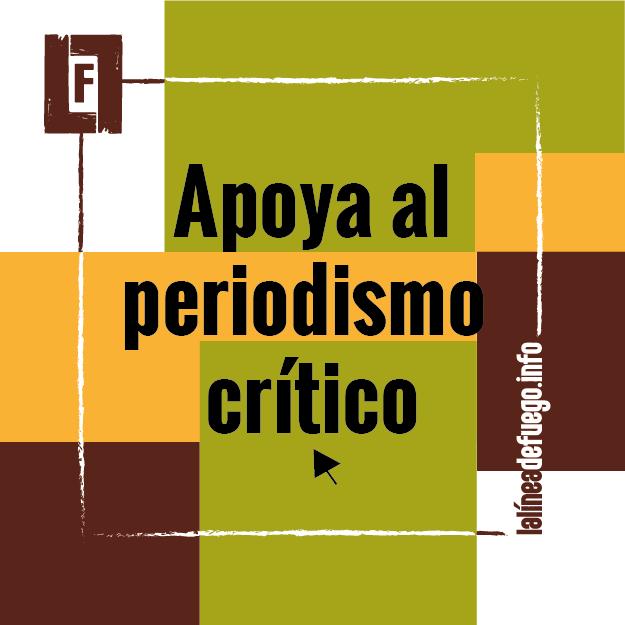July 25, 2015
The ex-paramilitary leader ‘Don Berna’, in an “informal declaration” for the state prosecutor, estimated at about 300 the number of corpses buried under the garbage dump.
On Monday July 27, if the scheduled judicial process is not delayed by a legal appeal, as so often happens in this country of lawyers, the state prosecutor will go ahead with “the largest exhumation in the history of Colombia”*, this country where corpses are hastily buried, and always waiting to be discovered.
That is what the director of Specialized Prosecutions, Caterina Heyck Puyana, told journalist Yamid Amat. The exhumation will be carried out in ‘The Dump’, a vast rotting open garbage pit in Medellin that the authorities discreetly call a “sanitary landfill”; calling things the opposite of what they actually are, as is the custom in this hypocritical country. It appears that under the garbage overflowing the dump lie the bodies of those murdered and those detained and then disappeared during the infamous Operation Orion that took place 15 years ago.
Operation Orion was a long and confusing urban battle that took place in Medellin between the 16th and 20th of October 2002 in order to, as it was officially stated at the time, “retake” control of the city’s Comuna 13, which was disputed by criminal drug trafficking gangs, the urban militias of the FARC and the ELN guerrilla organisations, as well as a local gang called the People’s Armed Commando. While almost forgotten today, Operation Orion marked the inauguration, with trumpets and drums, helicopter gunships and tanks, of the brand new “democratic security” policy of President Alvaro Uribe Velez, who had taken up his post for the first time only two months earlier.
The assault on the district, supported by gunfire from tanks and machine gun fire from helicopters of the Colombia armed forces, involved more than 1,000 soldiers from the Fourth Brigade commanded by General Mario Montoya (soon to be promoted to major general of the Army and then fouled and dismissed due to the ‘false positives scandal’, the crowning infamy of Uribe’s eight year reign) as well as forces from the police and the DAS**. Also involved were the murderers of the Envigado Collection Office, a criminal organization which had inherited from the late Pablo Escobar his lieutenant Diego Murillo, alias ‘Don Berna’, the narco-paramilitary chief of the Cacique Nutibara bloc, who was demobilized under Uribe’s generous Peace and Justice legislation. For the five days the assault lasted, official figures for casualties were relatively modest: 11 dead (four soldiers, a civilian and six “rebels”), 200 injured and 243 arrested. But the inhabitants of the commune spoke to the press of a lot more who had been: “executed by stray bullets.” ‘Don Berna’, in his ‘informal declaration’ for the state prosecutor, estimated that about 300 corpses had been buried under the garbage.
Since the time of the operation, and particularly since the end of Uribe’s shadowy eight year reign, a lot of families have been demanding that the remains of the disappeared be found. But with no success. Digging under thousands of tons of waste in an improbable search for the missing was always deemed too expensive: between four and five billion pesos*** ( Only after the BBC broadcast a report on the issue the 31st of December 2014, was it decided to take action). What was at stake, of course, was the sacrosanct ‘image’ of the country.
So we will see what happens tomorrow, Monday.
In the meantime, Yamid Amat continued asking questions of the Director of Public Prosecutions, Caterina Heyck:
How many are missing due to the war?
The answer is quite shocking:
Legal-Medicine reported 8,000; the Victims Unit, 20,000; the Department of Transitional Justice 105,000; and the Public Prosecutor’s Forced Disappearance Unit, 15,000.
I do not know if these figures should be added together, or subtracted or if they or cancel each other out. But if you take even the lowest number, the 8,000 figure of Legal Medicine (which is where you find the dead that don’t end up in landfills or at the bottom of rivers), the number still exceeds that of the Southern Cone (Chile and Argentina) under the dictatorships: which, interestingly, is a benchmark used by President Uribe to deny that there has ever been armed conflict in Colombia. And if I mention Uribe it is because the bloody Operation Orion was his project.
Caterina Heyck added:
- A lot of cases have never been reported.
And she clarified or rather she refrained from clarifying by saying:
- There are a lot of clandestine cemeteries we don’t know about.
So in the end, what use will these investigations, these allegations be? After 50 years of bloody conflict, whether the protagonists deny it or not, there will be no punishment for those responsible: the attempt will lead to another war. But at least it is positive that the dead, innocent or guilty, will not be left buried under the garbage.
* The dig went ahead as planned; a FARC spokesperson lauded the decision but criticized the authorities’ delay.
** The DAS (departamento Administrativo de Seguridad) was Colombia´s internal security agency. It was dissolved in 2011 after having spied on a number of left wing political figures including the present Mayor of Bogotá, Gustavo Petro.
*** At 2,000 pesos to the dollar = between two and two and a half million dollars.
Original article: http://www.semana.com/opinion/articulo/antonio-caballero-sobre-tumbas-sin-heroes/436043-3


